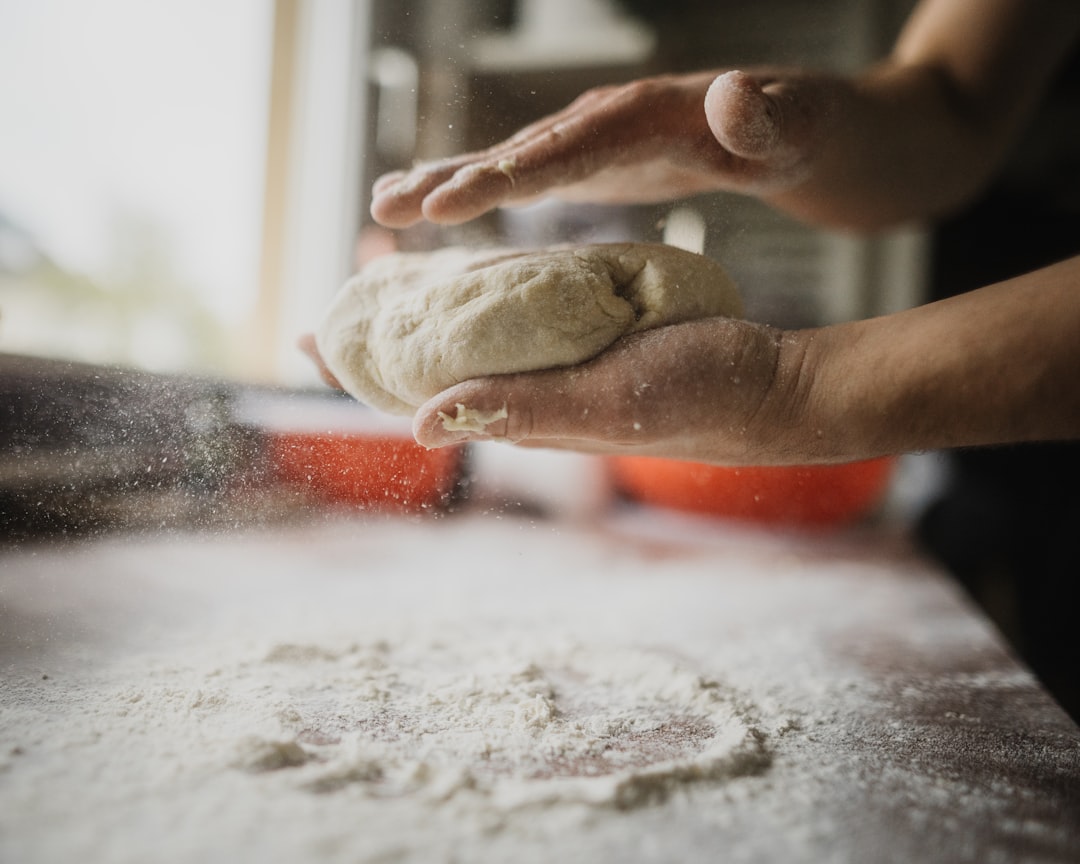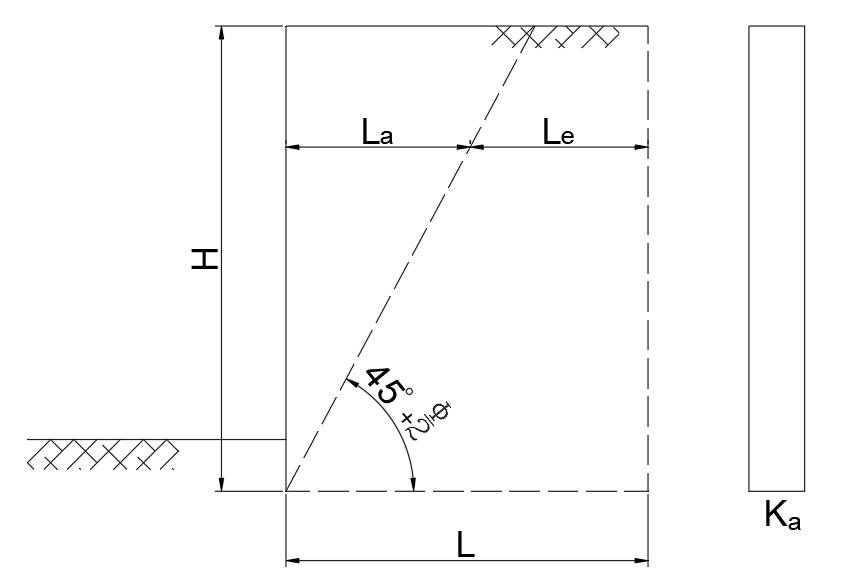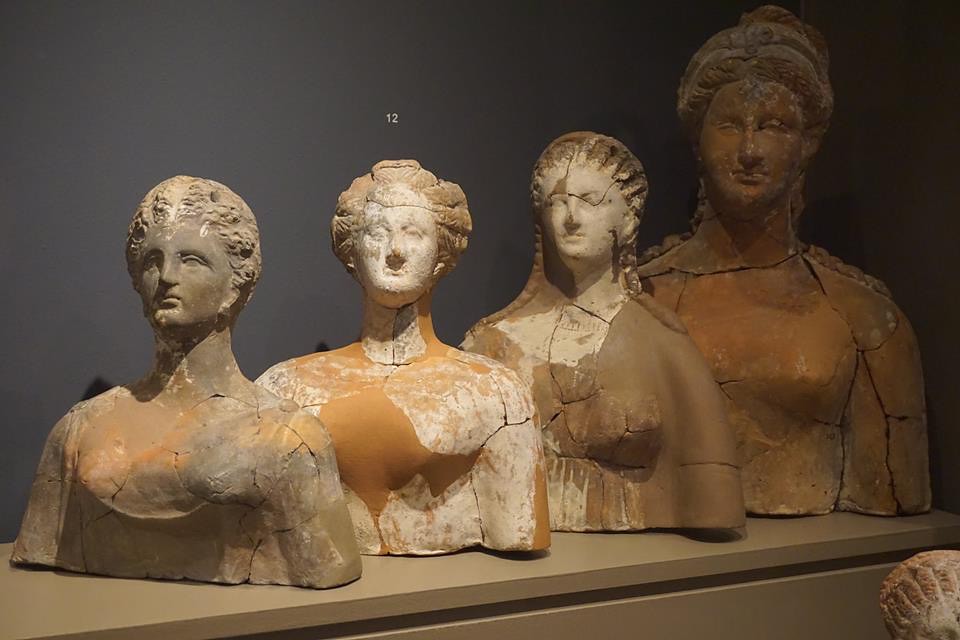What is wedging clay? This essential ceramics process involves removing air bubbles and ensuring a consistent texture to prevent defects during firing. Similar to kneading dough, wedging prepares the clay by creating even consistency, aligning particles, and making the clay more pliable. Potters can choose from various wedging methods such as ram’s head or spiral wedging, each with its benefits depending on the clay volume and effort required. Understanding and executing this fundamental step can significantly impact the quality and durability of the final pottery.

| Wedging Methods | Benefits | Considerations |
|---|---|---|
| Ram’s Head Wedging | Effective for medium to large clay batches | Physically demanding; control required to prevent arm fatigue |
| Spiral Wedging | Good for creating a homogenous blend | Requires practice to master the technique |
| Stack and Slam Wedging | Quickly removes air pockets | Best suited for large quantities of clay |
The Importance of Wedging Clay

Clay might seem like a simple medium, but any potter will tell you: it’s one tricky material! Every lump of clay, no matter how polished it looks on the surface, hides potential flaws—air bubbles, uneven moisture, and random inconsistencies that threaten your masterpiece’s survival in the kiln. This is where wedging comes to the rescue. Wedging prepares the clay for sculpting by making it uniform and pliable, priming it for the leap from lump to art.
Picture this—it’s like kneading away any sinister air pockets lurking in your clay, each one a potential explosive hazard under the intense heat of firing. This isn’t just a quaint nod to tradition either. It’s a requirement to ensure your creations aren’t left in ruins post-bisque.
The Methods Behind the Magic

Different goals and different clay demands require a variety of wedging techniques. It’s not a one-size-fits-all scenario, and knowing when to use what can make a dramatic difference.
- Ram’s Head Wedging: Perfect for tackling medium to large clay batches, this method involves firmly rolling the clay towards you, forming a shape reminiscent of, you guessed it, a ram’s head. It’s a powerful technique, both in terms of effectiveness and the physical effort required—your arms will definitely know they’ve had a workout!
- Spiral Wedging: Known for achieving a homogenous clay blend, spiral wedging calls for a nuanced touch and practice to master twisting the clay just right. It’s like forming a tight spiral along the edges, ensuring a smoothly aligned clay body. Learn more about wheel-thrown ceramics to further enhance your skills.
- Stack and Slam Wedging: The brute force method of clay wedging. By slamming large quantities onto the table repeatedly, it rapidly expels air pockets, making it ideal for high-volume work.

However, some ceramicists steer clear of these manual methods, opting instead for pre-prepared clays or using a pugmill to mechanically mix and prepare clay. It’s all about finding what works best for your creative flow.
Beyond the Wheel: Practical Applications

Wedging isn’t just for those iconic spinning moments on the potter’s wheel. Think wider—smooth textures for sculpture, stability in slabs, and color blends that sing in harmony. Freshly wedged clay maintains its moisture evenly, won’t split as it dries, and blends ingredients such as grog or sand effectively into its structure, creating a work that’s more likely to stand the test of time and heat.
Whether you’re crafting an elaborate vase or a sturdy mug, starting with correctly wedged clay sets the stage for success. Just as a stitch in time saves nine, a bit of elbow grease in the wedging phase can save disappointment—nobody wants to see their creation collapse or explode!
If you’re looking to broaden your artistic repertoire, exploring unique projects like creating clay rattles can provide additional inspiration and challenge.
Are you ready to get your hands dirty and elevate your pottery game with effective wedging techniques? Comment below with your experiences or any questions—let’s unravel the intricate dance of clay transformation together! Browse our recent posts for more ceramics tips and inspiration.
Learn the Basics of Wedging Clay
Understanding what is wedging clay is crucial for any ceramics enthusiast. To further explore this essential process, check out Earth Nation Ceramics’ video, “Beginners Intro to Wedging your Clay.” This introductory guide delves into the fundamentals of wedging, demonstrating how to remove air bubbles and achieve a consistent texture, ensuring your clay is perfectly prepared for successful firing.
What is the difference between kneading and wedging clay?
Kneading is a folding and pressing method often used for a variety of materials, like bread dough, to combine ingredients and remove lumps. Wedging clay, on the other hand, is specifically about preparing clay for pottery by removing air pockets, aligning the clay’s particles, and creating a smooth, consistent texture. One classic wedging technique involves cutting the clay in half (forming a wedge), lifting one piece, and firmly pressing it onto the remaining piece. Repeating this motion ensures your clay stays uniform and ready for any ceramic project.
In wrapping up, understanding the process of wedging clay is fundamental for anyone diving into ceramics. By meticulously removing air bubbles and achieving a consistent texture, you’re setting the stage for flawless creations and avoiding those pesky defects during firing. Think of it as the foundation that supports all your artistic endeavors in the pottery world.
Stay Connected
If you enjoyed this guide and are eager to learn more tips and tricks, be sure to follow us on Instagram. We love sharing our latest projects and connecting with fellow clay enthusiasts. Let’s keep the creativity flowing together!
